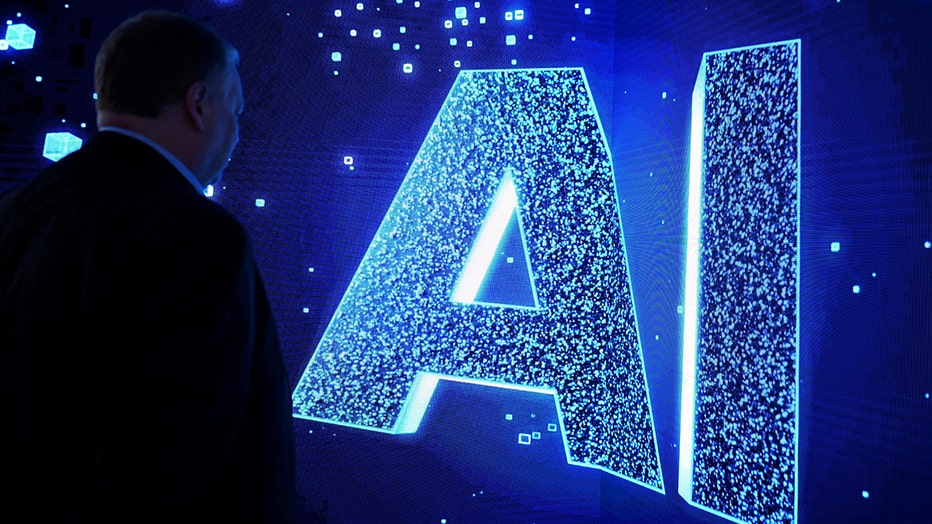Cal Fire tests AI program for fighting wildfires

Cal Fire tests AI program for fighting wildfires
To improve wildfire response times, Cal Fire and UC San Diego are testing a $24 million AI program they call ALERTCalifornia.org.
SONOMA, Calif. - The artificial intelligence (AI) firefighting era has begun in California. To improve wildfire response times, Cal Fire and UC San Diego are testing a $24 million AI program they call ALERTCalifornia.org.
One of the six key test sites is Sonoma-Lake-Napa Unit, headquartered in St. Helena.
"We’ve got an automated system that never sleeps, never rests, watching the North Bay twenty-four hours, seven days a week," said Cal Fire Napa-Lake-Sonoma Unit Chief Mike Marcucci.
The program involves using more than 1,000 high-definition, infrared, pan-tilt-zoom cameras that scope 360 degrees every two minutes.
On clear days, the cameras can see up to 60 miles — 120 miles on clear nights — to detect heat, fire, or smoke as well as discount mist, fog and smog. Program leaders are continuing to learn more about the technology's capabilities throughout their testing program.
Though many negative things have been said about AI in recent years, the fire service views the tool as powerful, efficient, and accurate. Everything each camera learns is shared with all other cameras, finely honing and refining the detection ability of the entire system statewide.

A visitor watches an AI (Artificial Intelligence) sign on an animated screen at the Mobile World Congress (MWC), the telecom industrys biggest annual gathering, in Barcelona. (Photo by Josep LAGO / AFP) (Photo by JOSEP LAGO/AFP via Getty Images)
"From the Oregon border to the Mexican border and everywhere in between," Chief Marcucci said, "cameras are being added as we speak."
Humans simply do not have the capacity to do what this system can.
"This is truly going to be a robust system that, right now, is just turning the corner into this AI technology to sense when an anomaly happens and let our command centers know — so a human being, a trained fire captain, or a trained communications operator can make that decision and send those resources," Marcucci said.
When the six test sites turn in their results, all Cal Fire regions will have this capability freely shared with other first responders and the public.

